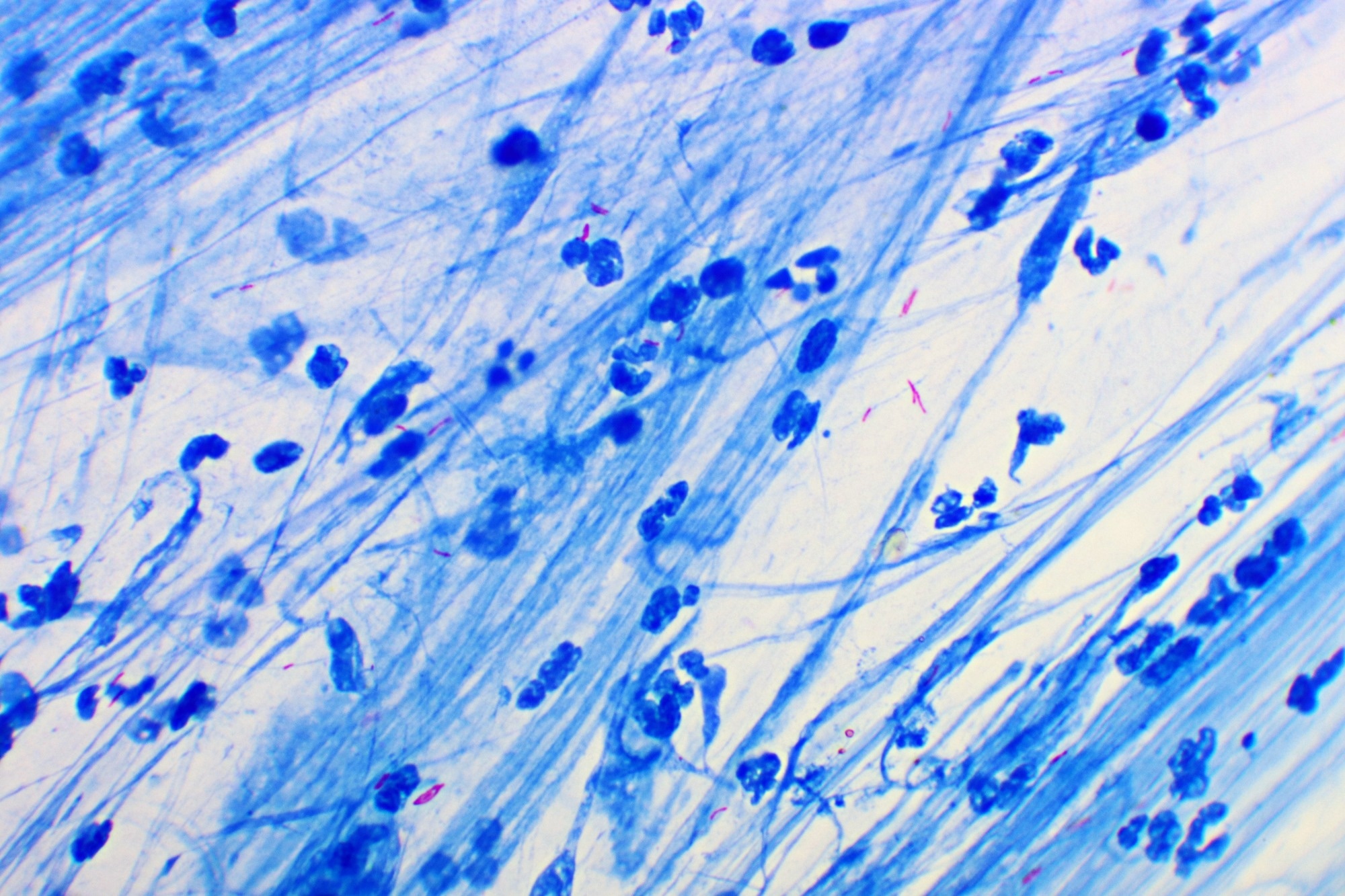In a recent study published in the BMC Infectious Diseases, a group of researchers investigated the differential impact of human immunodeficiency viruses (HIV)/ tuberculosis (TB) co-infection on lipid and metabolic profiles.
 Study: The metabolic consequences of HIV/TB co-infection. Image Credit:Jarun Ontakrai/Shutterstock.com
Study: The metabolic consequences of HIV/TB co-infection. Image Credit:Jarun Ontakrai/Shutterstock.com
Background
HIV-positive individuals face a significantly high level of risk of developing active TB due to HIV's immunosuppressive effects. TB ranks as the predominant secondary infection among this demographic, intensifying the global issue of HIV/TB co-infection. The coronavirus disease 2019 (COVID-19) pandemic has further strained healthcare accessibility, worsening the diagnosis and treatment of both diseases and boosting TB-related fatalities.
The interplay between HIV and TB worsens the host's health due to combined immune system degradation and induces metabolic dysfunction. Metabolic changes in co-infected patients are not fully understood, but initial studies using advanced techniques like two-dimensional gas chromatography time-of-flight (TOF) mass spectrometry promise deeper insights. Further research is required to enhance the understanding and treatment of HIV/TB co-infection.
About the study
In the present study, serum samples collected by the South African TB Vaccine Initiative (SATVI) and the Desmond Tutu HIV Centre were cryopreserved at -80°C and later sent to North-West University for analysis.
Participants were South African adults from specific regions in Cape Town, aged between 18 and 69 years. Samples were categorized based on HIV and TB status and treatment.
The researchers analyzed the metabolic profiles of several participant groups: healthy controls, untreated HIV-negative TB-positive individuals, untreated HIV/TB co-infected individuals, and treated HIV/TB co-infected individuals. The main aim was to distinguish the effects of the infection from treatment effects, aiding in future medical interventions.
Samples underwent extraction and derivatization and were analyzed using a gas chromatographer-mass spectrometer, and the obtained data was further processed using ChromaTOF software.
The study adopted various statistical tests to identify key metabolites. Analyses included t-tests, fold change, ANOVA, principal component analysis, and hierarchical clustering analysis. Adjustments for missing values and multiple testing corrections were incorporated to ensure accuracy.
Study results
The study revealed that after examining various compounds, 529 were initially detected. However, post-data cleaning, many significant metabolites could not be annotated due to issues like low signal-to-noise ratios, unsuccessful deconvolution, or library absence.
Unlinked metabolites were labeled “exogenous/unannotated” and left undiscussed, suggesting their roles in human serum need more investigation.
Notably, two samples from the untreated co-infected group had unusually high clusters of differentiation 4 (CD4) T-cell counts. During hierarchical clustering, these samples clustered with healthy controls, indicating no major metabolic disruption from their dual infections.
Another observation was that when untreated patient samples were compared using t-tests, no metabolites showed significant differences after multiple test corrections. However, six metabolites had noteworthy probability (p)-values when not accounting for false discovery rates.
These metabolites seem to correlate with CD4 T-cell counts, as they were diminished in the group, showing a severe disease state based on these counts.
Comparisons between untreated patient samples and healthy controls indicated partial overlap in metabolic profiles. Certain metabolites were either significantly increased or decreased in untreated patients relative to healthy controls.
Further analysis of all groups showed no clear metabolic distinction between healthy and patient groups. However, patients on antiretroviral therapy (ART) displayed distinct metabolic shifts, suggesting ART’s influence on metabolism. Out of various differentiating metabolites, several are involved in lipid metabolism, reflecting typical HIV infection profiles.
Discussions
In the present study of metabolic profiles in HIV/TB co-infection, there was an overlap with TB-only metabolic signatures, yet unique characteristics emerged. The complexity of the human metabolome still requires further exploration.
The results point to significant metabolic changes in those with the co-infection. Further, it was found that certain metabolites related to lipid and protein metabolism were observed to decrease, suggesting an advanced stage of disease in those with a lower CD4 T-cell count.
Additionally, cholesterol metabolism plays a role, particularly in relation to CD4 T-cell counts. Another observation includes decreased leucylleucine, which goes against expectations but suggests a depletion of protein reservoirs in co-infected individuals.
The breakdown of proteins, a hallmark of HIV and TB infection, became evident through the elevation of specific metabolites. These metabolic alterations point to a low energy state and a possibly disrupted gut microbiome due to chronic inflammation from these diseases.
Comparing untreated HIV/TB co-infected groups to TB-only groups revealed altered phenylalanine and tryptophan levels. This could be attributed to immune responses from HIV infection. Tryptophan metabolism, influenced by gut microbiota, has decreased levels in co-infected groups, suggesting its potential as a biomarker for co-infection.
The lipid-related metabolites decreased more in the HIV/TB co-infected group than in the TB-only group. This emphasizes HIV's role in changing lipid metabolism and agrees with the results of other studies.
Glycerol-3-phosphate plays a critical role in energy production in the brain and muscles, connecting fatty acid metabolism with energy processes. Important polyunsaturated fatty acids like alpha-linolenic acid and arachidonic acid are critical for cell structures and inflammation mediation. Notably, low alpha-linolenic acid can lead to unchecked virus proliferation.
In the untreated co-infected group, lower levels of dodecanal were found, highlighting the potential role of decanoic acid as an energy source. This change hints at membrane alterations seen in past HIV research. Lipids crucial for structural and immunity functions were also affected.
Fatty acids like 3,4-dihydroxybutyric acid (DHBA) were elevated in the co-infected group, pointing to health and nutritional issues often seen in HIV and TB patients. Its presence correlates with increased inflammation and microbial shifts, highlighting the direct implications of gut microbial metabolism for human health.
Certain microbial byproducts, previously elevated during HIV, decreased in co-infected groups, possibly due to HIV's impact on gut health. ART treatment, while beneficial, does not restore metabolic balance completely and might still foster inflammation. Some metabolic changes specific to ART-treated individuals might be due to ART's mitochondrial effects.